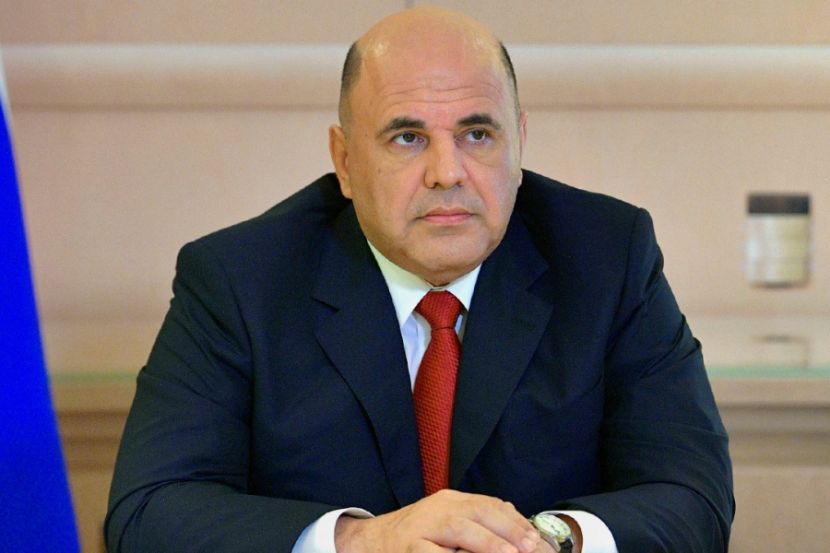Altai Summit Showcases Armenia-Russia Bilateral Cooperation on Economic and Environmental Goals

Strategic Talks in Altai: A New Chapter in Bilateral Cooperation
High-Level Meeting Amidst Environmental Discourse
A significant diplomatic exchange unfolded in the Altai region as senior government leaders from Armenia and Russia conferred on the sidelines of a high-profile international forum. The gathering brought together pivotal policymakers to engage in crucial dialogue, with a clear focus on strengthening ties and navigating the evolving landscape of intergovernmental relations. The selection of this location, concurrent with discussions on environmental challenges, underscored the multi-dimensional agenda both parties brought to the table. The timing of the meeting, set against a backdrop of global environmental priorities, hints at the expanding scope of regional partnerships seeking resilience and sustainable growth.
Economic Synergy and Mutual Investment Potential
At the heart of the discussions was a reinforced commitment to enhancing economic ties. Both sides are invested in optimizing trade corridors, harnessing joint ventures, and encouraging innovation-driven growth. Key terminology such as “trade and economic relations” defined the dialogue, signaling intent to address both traditional commerce and emerging sectors like technology and green energy. By exploring new frameworks for scientific and technological collaboration, the dialogue aimed to move beyond static trade balances, opting for long-term investment strategies that support industrial diversification and market access. The conversations also reflected an awareness of shifting market dynamics and the necessity to adapt supply chains to contemporary economic realities.
Science, Technology, and Cultural Engagements
Particular attention was given to the potential of scientific cooperation as a vector for competitive advantage. From digital innovation to sustainable technologies, joint research initiatives are poised to catalyze progress in sectors vital to both nations. The agenda included strategies to facilitate knowledge transfer and develop educational exchanges—a move expected to deepen mutual understanding and stimulate creative problem solving. In addition to these pragmatic considerations, the talks acknowledged the importance of cultural and humanitarian initiatives in building lasting trust. These programs, in areas such as heritage preservation and youth engagement, serve as key milestones in transforming formal agreements into broader societal benefits.
Commitment to Strategic Partnerships
The high-level dialogue emphasized the shared vision of creating an environment where collaborative projects can thrive. Both governments stress the significance of stability, predictability, and transparency in policymaking to encourage private and public sector actors to invest confidently. This approach reflects a broader trend in international relations, where effective diplomacy is measured not solely by signed agreements but by the real-world conditions that enable those agreements to yield tangible results. Creating favorable conditions is not merely a diplomatic statement; it is a policy blueprint for energizing strategic partnerships in an era characterized by both global uncertainty and opportunity.
Looking Forward: The Foundations for Enduring Cooperation
This meeting, occurring during a moment of global environmental focus, marks a pivotal point in the ongoing evolution of intergovernmental collaboration. The renewed focus on economic modernization, scientific research, and cultural initiatives illustrates a holistic approach to bilateral relations. These pillars provide not only a practical framework for future engagements, but also reaffirm a shared commitment to regional stability, mutual prosperity, and the well-being of citizens in both nations. The foundations laid in these discussions will shape the trajectory of cooperative projects for years to come, underscoring the enduring value of sustained dialogue and visionary leadership.
